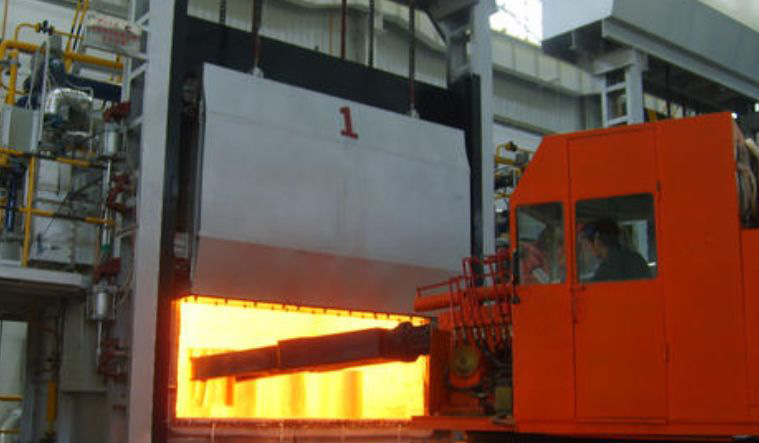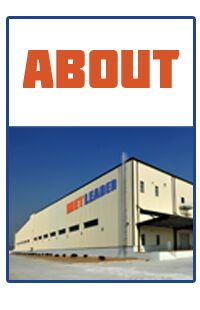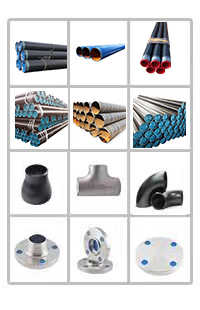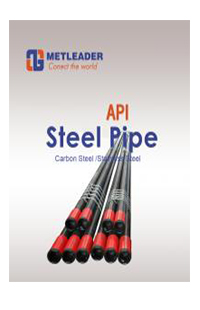Forging heating flange can be divided into flame heating and electric heating according to different heat sources.
(1) Flame heating
Flame heating is the use of fuel (coal, coke, heavy oil, diesel, gas or natural gas, etc.) to generate high-temperature gas (flame) generated in the heating furnace. Convection and radiation are used to transfer heat energy to the surface of the billet, and then the surface is transmitted to the center , The billet is heated to a certain temperature.
The flame heating method is widely used due to convenient fuel sources, simple equipment, low heating cost, and large size range of the heating billet. Its disadvantages are poor labor conditions, slow heating speed, and difficult to control temperature and heating quality.

(2) Electric heating
Electric heating is the conversion of electrical energy into thermal energy to heat metal billets. Electric heating equipment includes resistance furnaces, salt bath furnaces, induction heating devices, and the like. Compared with the flame heating method, the prominent features of electric heating are fast heating (such as induction heating and contact heating), easy control of the furnace temperature (such as resistance furnace), less oxidation, decarbonization and pollution, and good labor conditions, which are convenient for mechanization and automation. However, the equipment structure is complex and the investment is large. Electric heating is widely used in die forging or non-ferrous metal forging.









